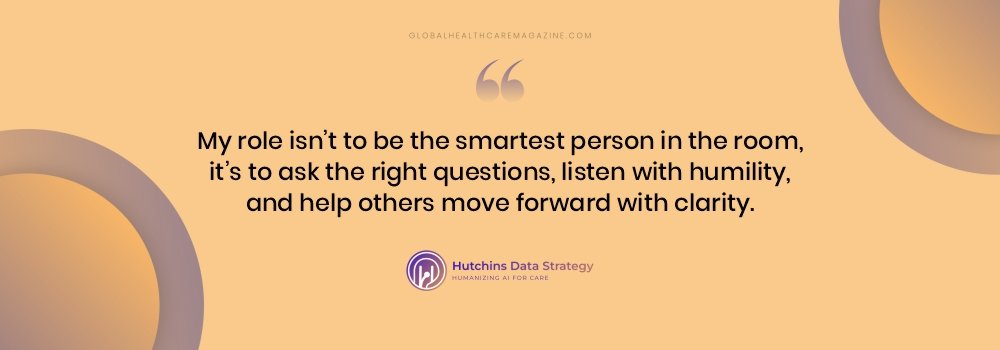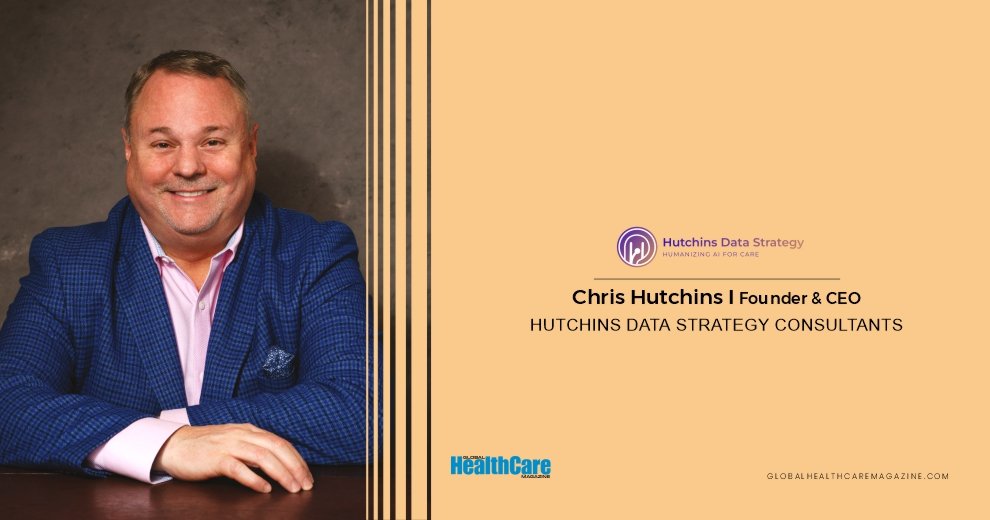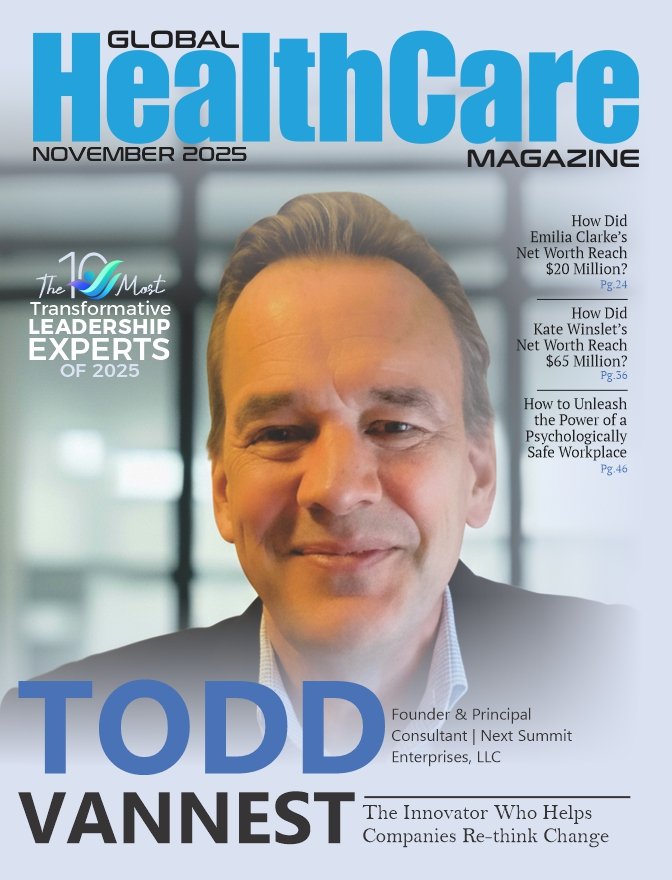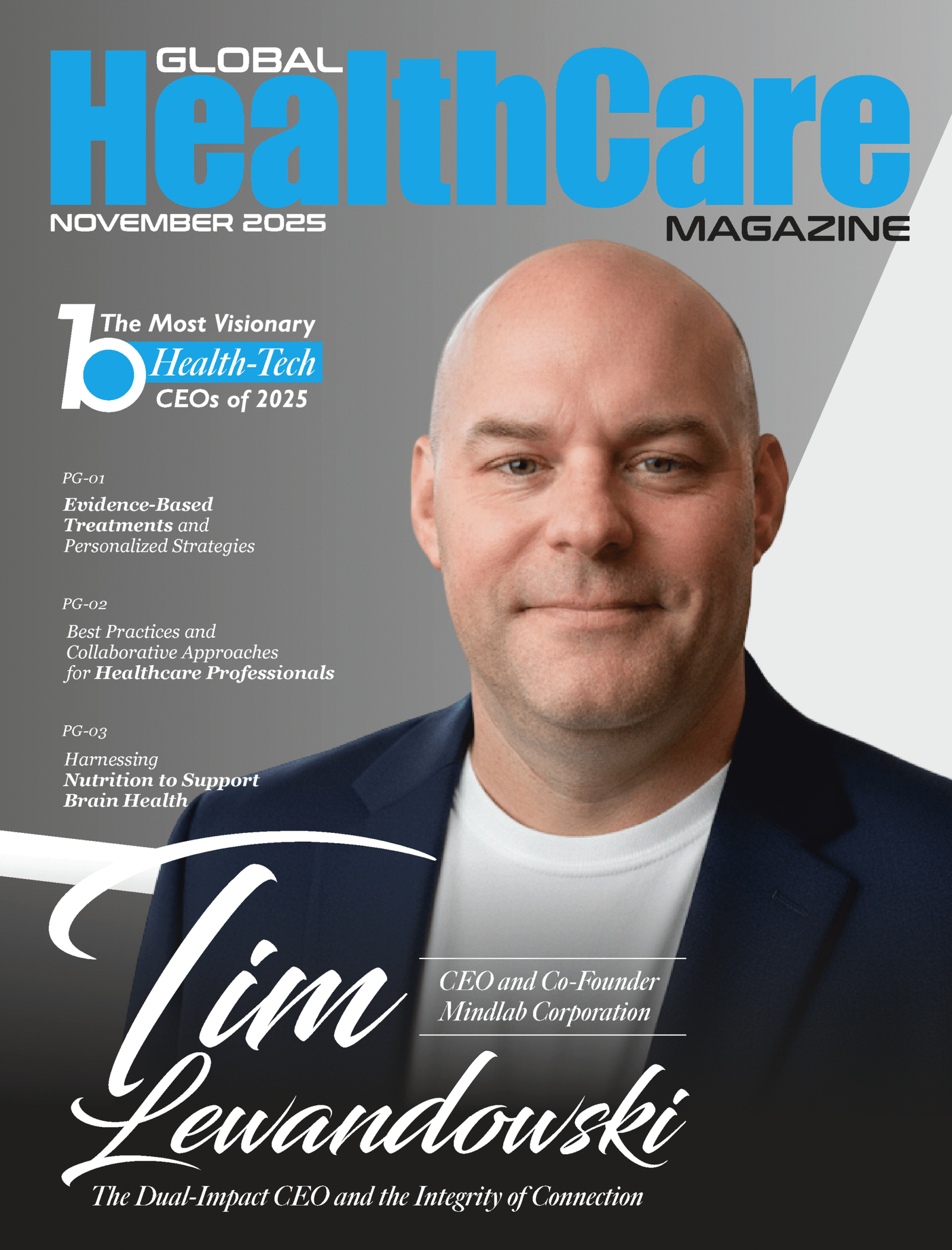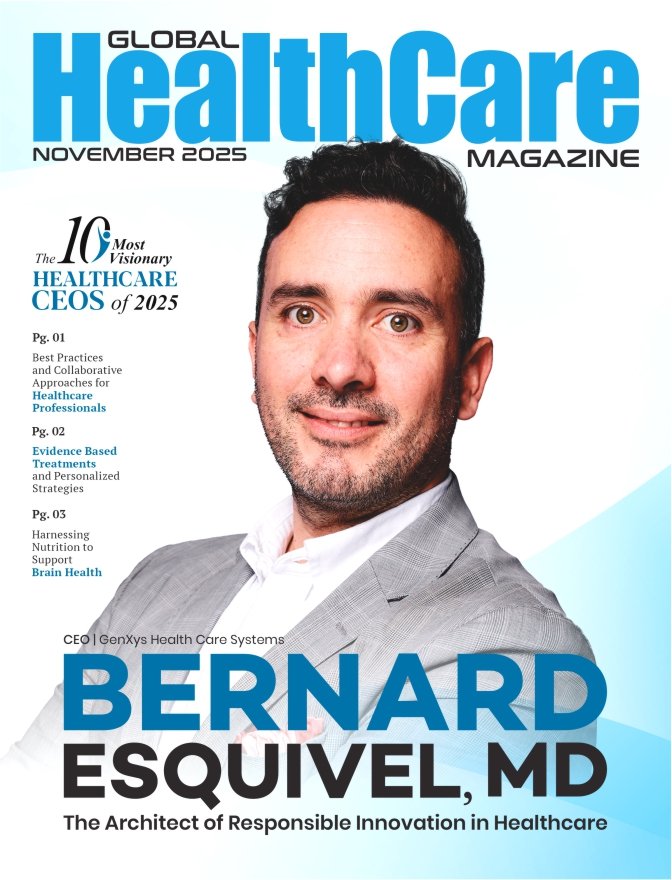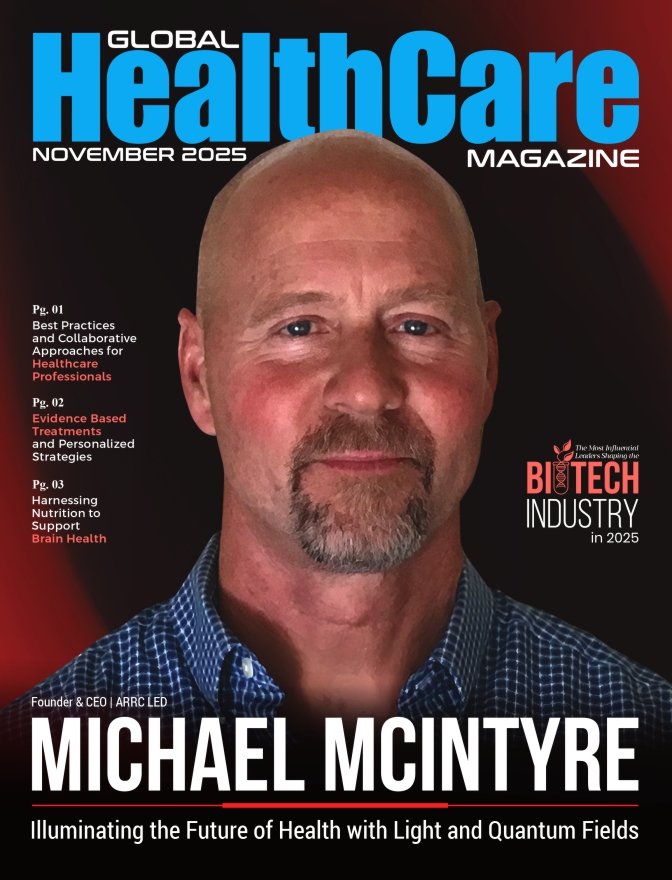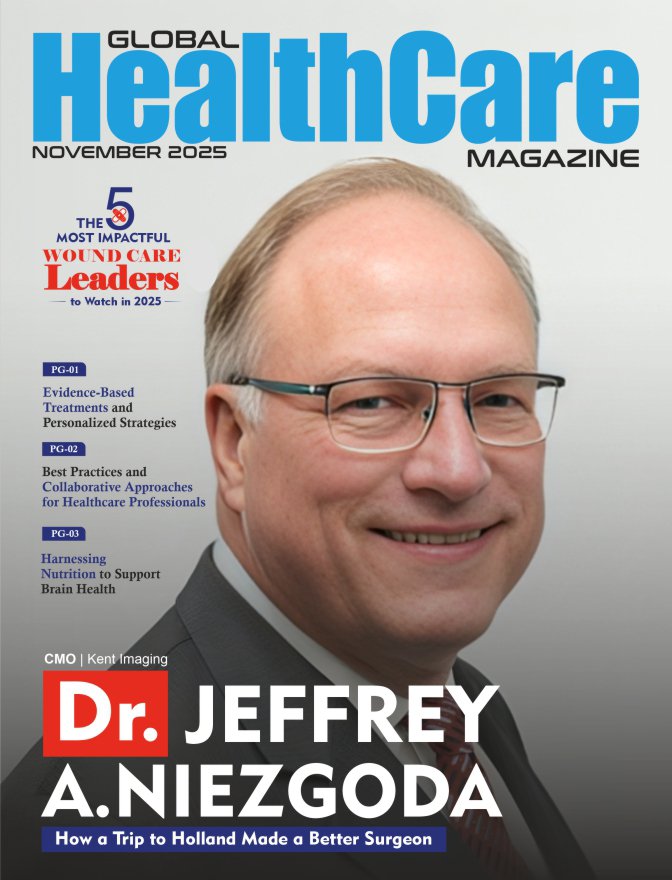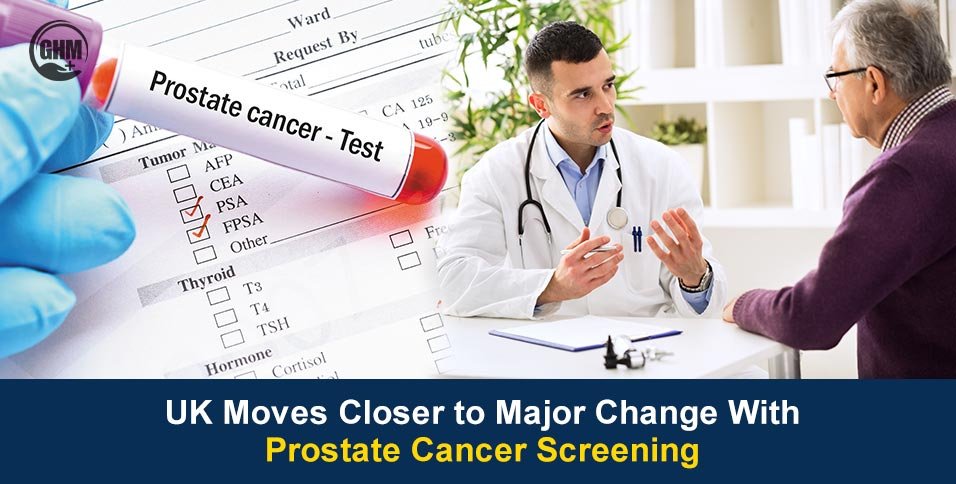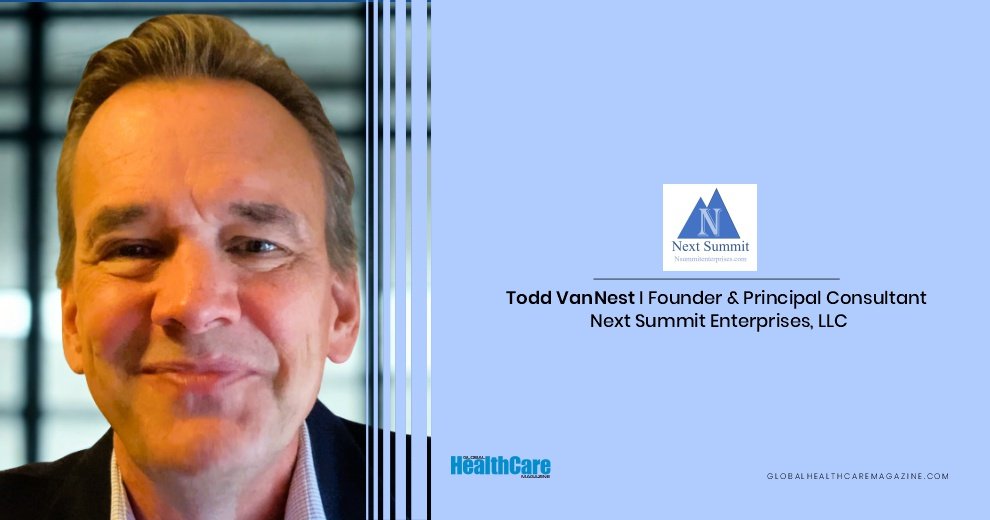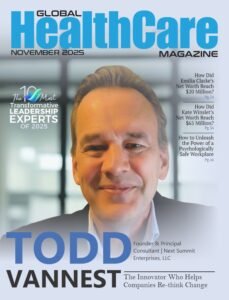In the chaotic spring of the COVID-19 response, data was not an abstract concept. It was a matter of life and death. Across the nation, disconnected hospital systems were fighting a war in the dark, unable to see the full battlefield. How many beds were available? Where were the staffing shortages most critical? Which patients were being transferred where? The answers were trapped in siloed spreadsheets and incompatible systems, a digital fog of war that cost precious time and, undoubtedly, lives. It was in this crucible that the true meaning of data strategy was forged.
For Chris Hutchins, then a chief data and analytics officer, it was more than a professional challenge; it was a defining moment. His team was tasked with a near-impossible feat: unify the data. “We had to unify data across disconnected hospital systems to gain visibility into bed availability, staffing, and patient movement,” he recalls. They worked against the clock, building systems in real time, under unimaginable pressure. The result was not just a series of dashboards or analytics reports. It was a clarity. It was a collaboration. It was a shared sense of purpose that transcended organizational boundaries. “I saw what was possible when people aligned around a mission,” he says, “and I carry that forward in everything I do.”
That experience, born from a crisis, became the bedrock of his new mission. Today, as the founder and CEO of the Nashville-based Hutchins Data Strategy Consultants, launched in 2025, Chris Hutchins is one of the most influential voices in healthcare data and AI governance. He is the person health systems, startups, and investors call when they are navigating the exhilarating but perilous frontier of artificial intelligence. He is not a vendor selling a flashy new tool, but a translator, a strategist, and a guide, helping leaders build the foundational trust and governance necessary to innovate without losing their way. His work is a quiet revolution, aimed not at replacing human judgment, but at empowering it with data that is safe, reliable, and understood.
From the Radiology Department to the Database
Chris’s journey into the intricate world of healthcare data did not begin in a computer science lab or a corporate boardroom. It began in the place where healthcare is most real: the hospital. His first exposure came through his mother, who worked in a radiology department. As a student, he took on part-time roles during his vacations, immersing himself in the hospital’s complex ecosystem from the ground up. He saw firsthand how the hidden machinery of operations, from billing and coding to scheduling and records, directly impacted the delivery of care.
“That experience left an impression and shaped my interest in supporting healthcare,” Chris reflects, “not as a clinician, but as someone who could help improve systems.” It was a perspective that would define his career. He started in the trenches, moving from billing into database development, then financial analytics, and eventually, to enterprise-wide data strategy. He has led teams across nearly every facet of healthcare operations, gaining a holistic understanding of how a hospital breathes. This slow, methodical climb gave him a unique vantage point. He saw that the most pressing problems were not always about technology, but about strategy and people. “That path solidified my belief that data, when governed and applied responsibly, can meaningfully improve both patient outcomes and the way we deliver care,” Chris says.
The Rush to Innovate, The Pause to Govern
After decades of leadership inside major health systems, including rebuilding and unifying massive enterprise data warehouses at Northwell Health and Partners HealthCare, Chris noticed a troubling pattern. The healthcare industry was in a frantic rush to adopt AI. Executives, buoyed by promises of efficiency and revolutionary insights, were investing millions in new tools. Yet, in many cases, they were building on a cracked foundation.
“Many organizations, especially in rural or resource-constrained settings, were investing in data and AI without a clear, long-term strategy,” Chris explains. “Tools were being adopted faster than governance models could support them.” It was like constructing a skyscraper without an architectural plan. The result was often wasted resources, frustrated teams, and, most dangerously, a system that could not guarantee the safety or reliability of its own innovations. This recurring gap between ambition and execution is what inspired him to launch Hutchins Data Strategy Consultants. He wanted to provide a moment to pause. “I started the firm to help healthcare leaders slow down just enough to ask the right questions, align stakeholders, and design governance models that would actually work in their day-to-day reality.”
Enablement Over Control
The mission of Hutchins Data Strategy Consultants is simple to state but complex to execute: help healthcare organizations unlock the true value of their data. Chris works with clients who find themselves at a crossroads. They may be preparing for their first major AI adoption, struggling to scale their analytics capabilities, or simply trying to align a dozen different data projects with the organization’s core strategic goals.
His approach is intentionally different from that of a typical consultant. He does not arrive with a binder full of pre-built, one-size-fits-all solutions. “I work alongside clients to co-create the path forward,” Chris says. This process begins not with a presentation, but with listening. He spends time deeply understanding an organization’s mission, its culture, its tolerance for risk, and its internal politics. He facilitates conversations between leadership, clinicians, and operational teams to identify shared priorities that might be buried under departmental objectives.
From this foundation of understanding, Chris helps them build. Together, they establish clear roles, accountability structures, and unwavering data quality expectations. Crucially, he positions governance not as a restrictive gatekeeper, but as a supportive function that enables innovation. “When governance becomes something that empowers rather than restricts, people engage with it much more honestly and consistently,” he notes. This philosophy of “enablement rather than control” is his signature. He is not there to build a system they will depend on him to run; he is there to help them build their own internal capacity to lead, govern, and innovate responsibly for years to come.
The Art of Moving “Fast But Safe”
The central tension in healthcare technology is the tug-of-war between the urgent need for innovation and the non-negotiable demand for safety, compliance, and transparency. Move too slow, and you fall behind. Move too fast, and you put patients at risk. Chris has a mantra for navigating this paradox: “fast but safe.”
He argues that speed is not the enemy of safety; recklessness is. “Moving quickly is possible when you’re deliberate about what risks are acceptable and where the boundaries lie,” Chris explains. His strategy is to de-risk innovation by being methodical. He encourages clients to start with lower-risk, high-impact use cases, such as using AI for ambient documentation to reduce physician burnout or for improving operational visibility in patient flow. These early wins build momentum and confidence.
A key part of this process is his insistence on a bigger table. “I involve compliance, cybersecurity, and legal teams early in the conversation,” Chris says. Too often, these critical functions are brought in at the end of a project, forcing costly delays or cancellations. By making them part of the initial planning phase, their expertise becomes a proactive shield rather than a reactive barrier. “If those voices are part of the planning phase, it’s much easier to avoid delays and setbacks down the line.” It is a simple, collaborative approach that ensures innovation happens within a robust framework of safety.
The Revenue Projection and the Lesson in Transparency
Leadership is often defined by how one navigates success, but it is truly forged in the response to failure. Early in his career, Chris made a mistake that he has never forgotten. A modeling error he made significantly impacted a critical revenue projection. It was a high-stakes, high-visibility failure.
“It was a moment I won’t forget,” he recounts with the quiet gravity of a lesson learned the hard way. In that moment, the temptation to deflect or minimize the error was immense. He did the opposite. “Rather than trying to deflect, I took responsibility and worked with leadership to resolve it.” That experience was painful, but it became a cornerstone of his leadership philosophy. “It taught me the importance of transparency, especially when the stakes are high,” he says. “It also made me more committed to building structures that catch errors early and foster shared accountability.” Today, when he advises boards and executive teams, his emphasis on governance and risk management is not just theoretical; it is born from personal experience. It is the humility of having been wrong that makes his guidance on getting it right so powerful.
Beyond the Dashboard
Chris’s career is decorated with significant achievements. He has led massive enterprise initiatives in data governance and AI, migrated entire systems to the Microsoft Azure Cloud to increase scalability, and built high-performing teams with exceptional retention while remaining budget neutral. His expertise is sought after by organizations across the industry; he has served on Truveta’s inaugural Data Integration Commission, a project focused on using data to save lives, and he currently serves on the boards of HDAA and CDO Magazine. He is also a recognized speaker at major industry conferences like HIMSS and Becker’s.
But now, his focus is sharply on the future. He is passionate about helping organizations navigate the next wave of AI, from ambient listening tools to the complexities of generative AI. He is particularly dedicated to supporting rural health systems, which are often left behind in the technological arms race. “My goal is to help them build internal capacity, so they can make informed, self-sustaining decisions well into the future,” Chris says. He advises innovative organizations like Fullsteam Health and DataSpot Consulting Group, helping to shape the next generation of healthcare analytics through strategy and education.
The Measure of Success
In a world that demands constant connectivity, Chris is deliberate about his own boundaries. He does not chase the illusion of a perfect work-life balance. “I don’t aim for perfection, but I do try to stay present,” he says. He carves out time to reset and connect with his family, knowing that leadership is a marathon, not a sprint. “I’ve learned that stepping back at the right time helps me lead better when I’m in it.”
When asked for a final thought, he does not talk about technology or data models. He talks about people. “I believe leadership is measured by how many people you help succeed,” he says. “My role isn’t to be the smartest person in the room, it’s to ask the right questions, listen with humility, and help others move forward with clarity.” This is the core of his work. Whether he is in a boardroom or a strategy session, his ultimate goal is to create the conditions for others to thrive. “The most enduring impact comes from creating the conditions where others can lead well, long after I’m gone.” For Chris Hutchins, the architect of healthcare’s data conscience, that is the only metric that truly matters.
Quotes
